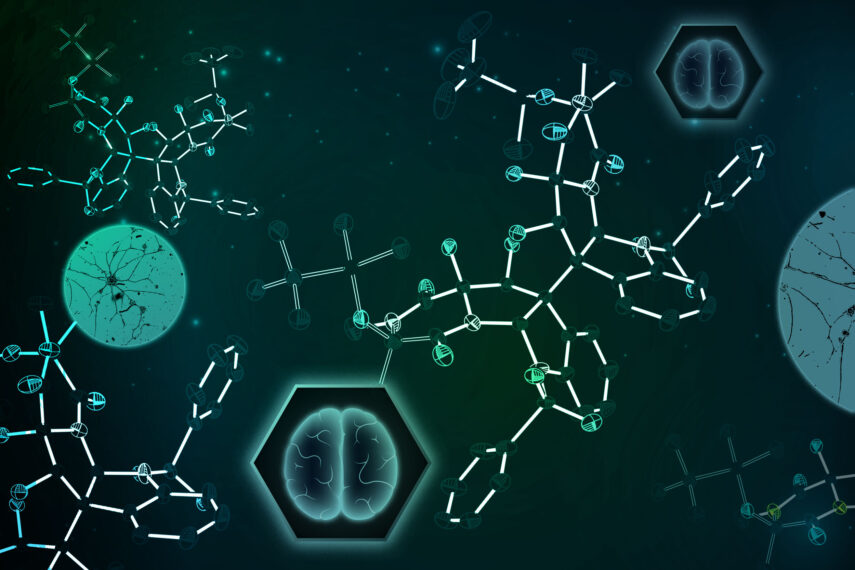
MIT chemists synthesize a fungal compound that holds promise for treating brain cancer
Preliminary studies find derivatives of the compound, known as verticillin A, can kill some types of glioma cells.
Read the Article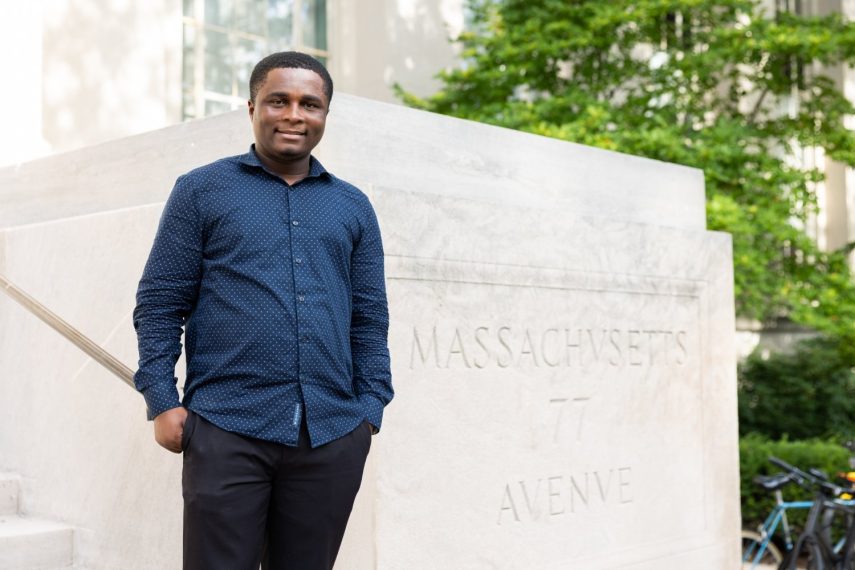
Quantum modeling for breakthroughs in materials science and sustainable energy
Quantum chemist Ernest Opoku is working on computational methods to study how electrons behave as a School of Science Dean’s Postdoctoral Fellow.
Read the Article
MIT Energy Initiative conference spotlights research priorities amidst a changing energy landscape
Industry leaders agree collaboration is key to advancing critical technologies.
Read the Article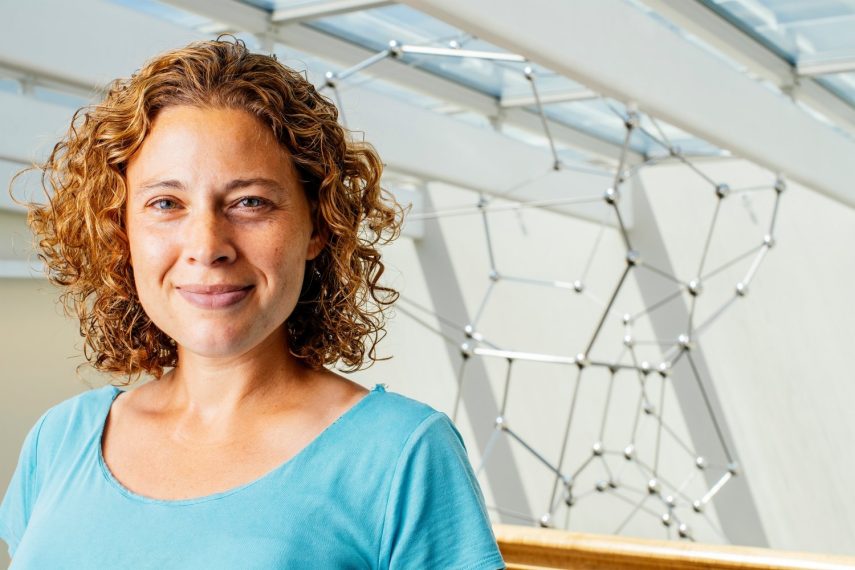
Leading quantum at an inflection point
The MIT Quantum Initiative is taking shape, leveraging quantum breakthroughs to drive the future of scientific and technological progress.
Read the Article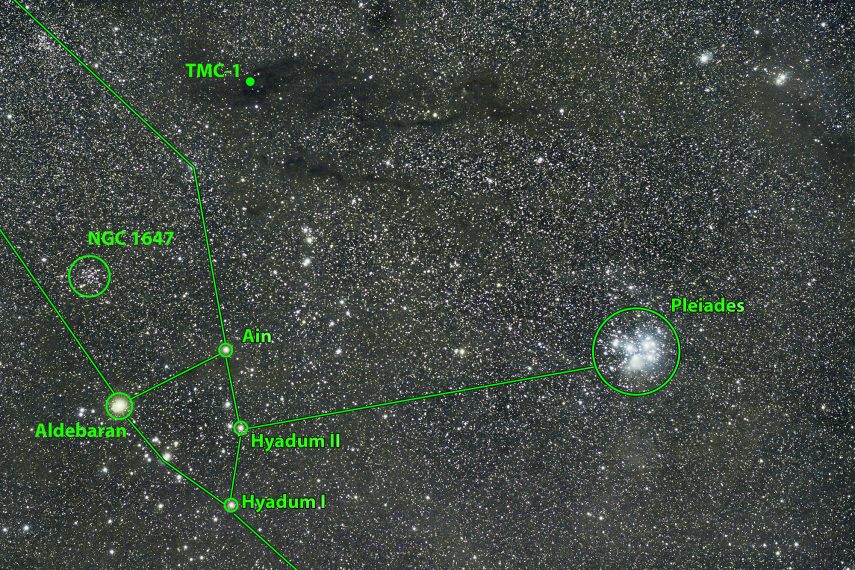
Astronomical data collection of Taurus Molecular Cloud-1 reveals over 100 different molecules
The discovery will help researchers understand how chemicals form and change before stars and planets are born.
Read the Article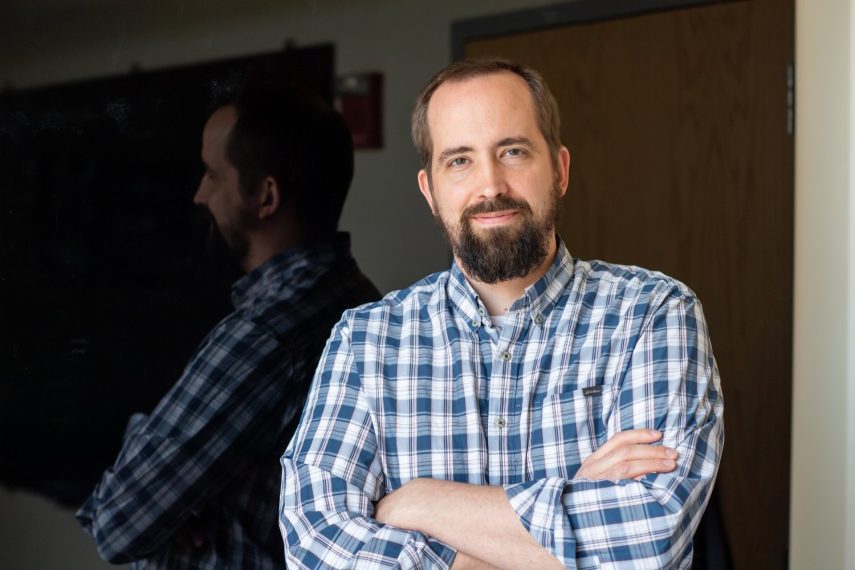
Matthew Shoulders named head of the Department of Chemistry
A leading researcher in protein folding biochemistry and next-generation protein engineering techniques will advance chemistry research and education.
Read the Article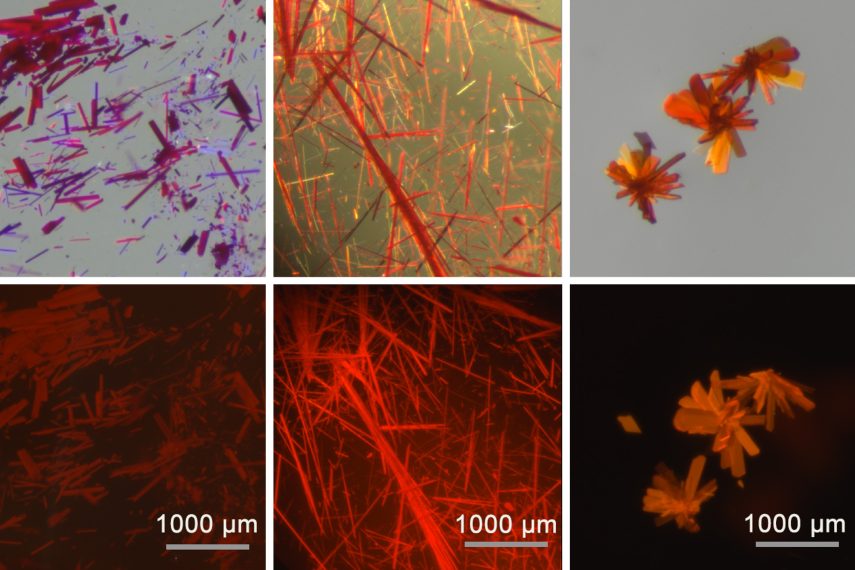
Chemists create red fluorescent dyes that may enable clearer biomedical imaging
The new dyes are based on boron-containing molecules that were previously too unstable for practical use.
Read the Article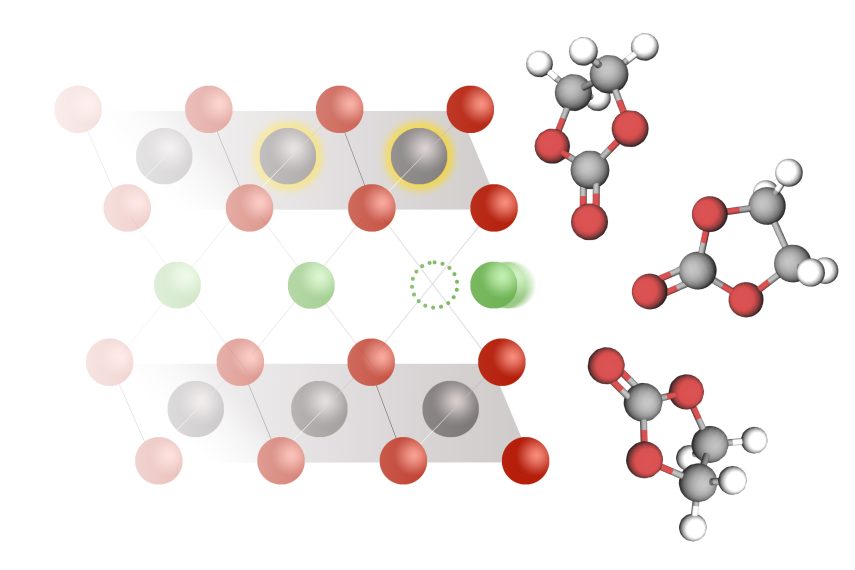
A simple formula could guide the design of faster-charging, longer-lasting batteries
MIT researchers developed a model that explains lithium intercalation rates in lithium-ion batteries.
Read the Article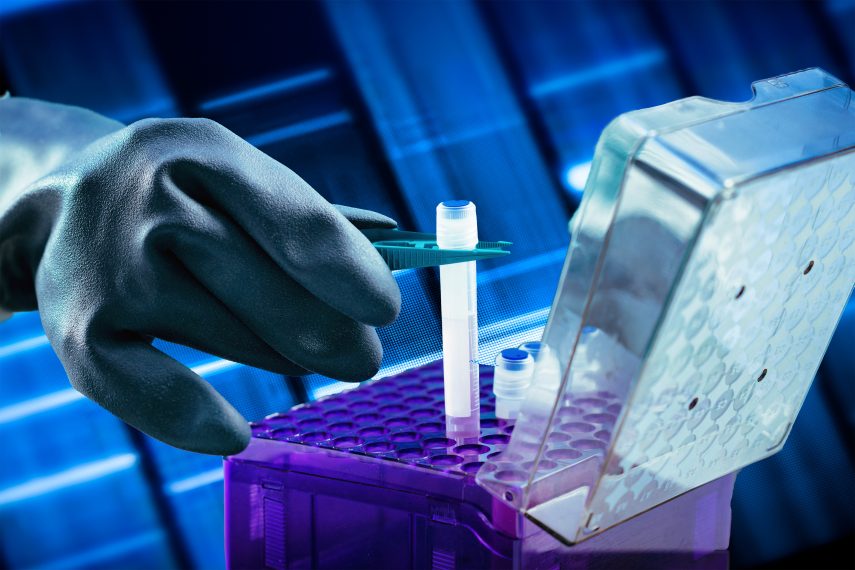
This MIT spinout is taking biomolecule storage out of the freezer
Cache DNA has developed technologies that preserve biomolecules at room temperature, making storing and transporting samples less expensive and more reliable.
Read the Article
“Bottlebrush” particles deliver big chemotherapy payloads directly to cancer cells
Outfitted with antibodies that guide them to the tumor site, the new nanoparticles could reduce the side effects of treatment.
Read the Article
A boost for the precision of genome editing
Researchers develop a fast-acting, cell-permeable protein system to control CRISPR-Cas9, reducing off-target effects and advancing gene therapy.
Read the Article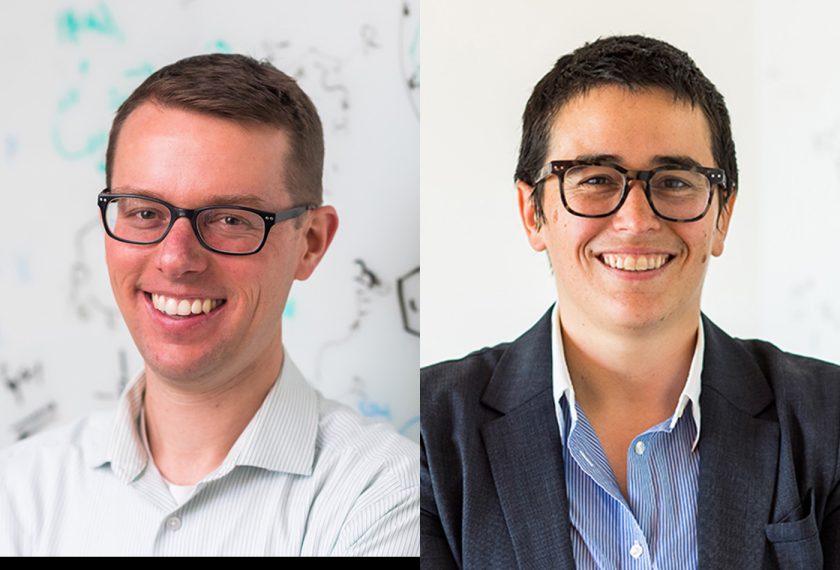
Radosevich and Wendlandt receive American Chemical Society National Awards
Professors Alexander T. Radosevich and Alison Wendlandt were named recipients of 2026 Arthur C. Cope Scholar Awards by the American Chemical Society (ACS).
Read the Article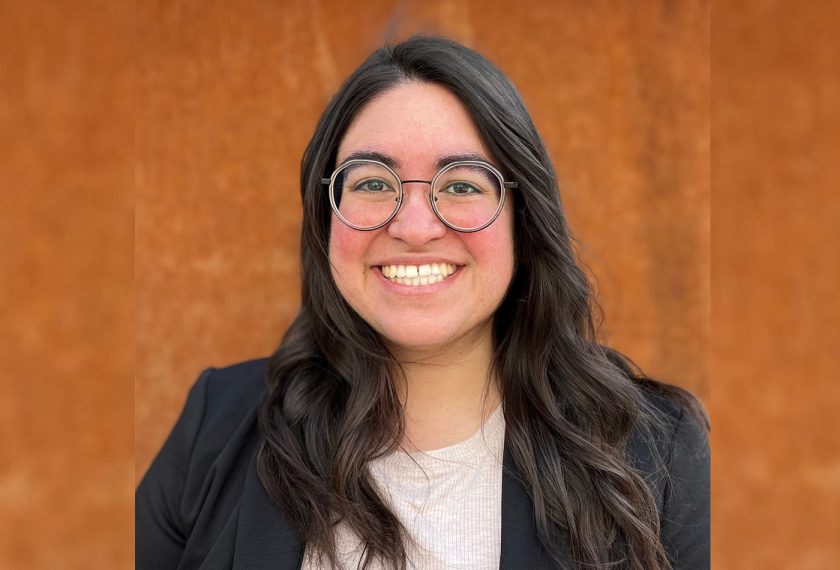
Whitney Hess joins the Department of Chemistry as Director of the Undergraduate Teaching Laboratory
In this role, Hess (PhD '17) will oversee the daily operations of the lab and support undergraduate lab-based learning.
Read the Article